8 ways managers can improve how they deliver in-person feedback
As return-to-office policies take hold and fully flexible work arrangements decline, employees are re-adapting to in-person interactions. One of the biggest challenges? Giving and receiving constructive feedback. Unlike praise, constructive feedback highlights areas for improvement—a critical driver of individual and organizational success, yet one that many find difficult. Whether remote or in-person, various factors, like overestimating negative consequences or fearing relationship fallout, often make both giving and receiving feedback feel high stakes. While virtual feedback has its own challenges—limited nonverbal cues, potential misinterpretation, and technological barriers—the shift back to in-person conversations introduces new complexities. Body language, tone, and the immediacy of face-to-face exchanges add layers of nuance that leaders may feel less practiced in navigating. Now more than ever, leaders and teams must navigate feedback thoughtfully. Here’s how to make in-person feedback a tool for growth—ensuring it strengthens, rather than strains, workplace relationships. Anchor yourself in the right mindset Before giving constructive feedback, get into the right headspace. The goal is to help the other person grow—not to vent frustration, prove a point, or put someone in their place. If emotions are running high, step back. Feedback should come from a place of support and a genuine desire to see the other person succeed, which in turn strengthens the team and organization. Stay centered, and make sure your words and tone reflect that intention. Choose the right time and place Giving feedback soon after observing behavior, reviewing work, or having a key interaction keeps it relevant and actionable—but timing and environment matter. In-person conversations offer the potential for richer dialogue, but only if done right. Avoid squeezing feedback into rushed moments, like between back-to-back meetings, where neither party has the focus needed for a meaningful exchange. Choose a time when both people are centered and not overwhelmed. Opt for a neutral space, such as a meeting room rather than your office, to minimize power imbalances, and ensure it’s free from interruptions to foster an open, productive discussion. Be specific Vague feedback falls flat. Instead of saying, “You always interrupt” or, “You’re not a team player,” point to a concrete moment: “In yesterday’s Ops meeting, you raised your voice several times and spoke over others. After that, the room got quieter.” Speak from personal observation—what you saw, heard, and when it happened—rather than assuming how others felt or making broad character judgments. This keeps feedback clear, actionable, and easier to receive. Get the nonverbal part right It’s easy to focus mainly on what you’re going to say, but don’t forget how you say it, including the part that involves no words at all, which is much more important when you can’t hide behind a screen. Tone and body language are thought to make up the vast majority of how communication is received. Speak in an even tone, including about challenging topics. Maintain good eye contact but not in a scary, intense way. Lean forward to communicate engagement and care. Avoid postures that convey defensiveness, like having your arms crossed tightly. Don’t fear silence In our always-on world, it’s tempting to fill every space with words. Instead, try to be comfortable with silence, whether by pausing more frequently as you speak or not pushing for an immediate response from the other person. Silence, even a few seconds, creates time and capacity to become aware of and process emotional responses, contributing to a more genuine interaction that will help both parties understand and support each other. Mind the generational gap Members of different generations may prefer different modes of feedback. Gen Z may want an approach that takes into account their values and sources of meaning (“I know collaboration matters to you, so here are some ways I see you doing it well and some areas for improvement”), while boomers may be more focused on outcomes and practical advice. Ask for feedback—genuinely Asking for feedback regularly from your team members models important leadership behavior and promotes an open, growth-oriented, high-performance culture. But it has to be a genuine request, and employees you manage may be reluctant to be honest for fear of retaliation. Be empathetic to that reality. Avoid asking for feedback in the same conversation where you’re giving it. It can feel transactional or make the other person hesitant to share openly. If you don’t want to hear it, don’t ask for it. And remember: How you respond to feedback will determine whether the person feels comfortable providing any feedback in the future. Feedback skill is as much about receiving as giving. It’s human nature to react defensively, but try to take a breath and open yo

As return-to-office policies take hold and fully flexible work arrangements decline, employees are re-adapting to in-person interactions. One of the biggest challenges? Giving and receiving constructive feedback.
Unlike praise, constructive feedback highlights areas for improvement—a critical driver of individual and organizational success, yet one that many find difficult. Whether remote or in-person, various factors, like overestimating negative consequences or fearing relationship fallout, often make both giving and receiving feedback feel high stakes.
While virtual feedback has its own challenges—limited nonverbal cues, potential misinterpretation, and technological barriers—the shift back to in-person conversations introduces new complexities. Body language, tone, and the immediacy of face-to-face exchanges add layers of nuance that leaders may feel less practiced in navigating.
Now more than ever, leaders and teams must navigate feedback thoughtfully. Here’s how to make in-person feedback a tool for growth—ensuring it strengthens, rather than strains, workplace relationships.
Anchor yourself in the right mindset
Before giving constructive feedback, get into the right headspace. The goal is to help the other person grow—not to vent frustration, prove a point, or put someone in their place. If emotions are running high, step back. Feedback should come from a place of support and a genuine desire to see the other person succeed, which in turn strengthens the team and organization. Stay centered, and make sure your words and tone reflect that intention.
Choose the right time and place
Giving feedback soon after observing behavior, reviewing work, or having a key interaction keeps it relevant and actionable—but timing and environment matter. In-person conversations offer the potential for richer dialogue, but only if done right.
Avoid squeezing feedback into rushed moments, like between back-to-back meetings, where neither party has the focus needed for a meaningful exchange. Choose a time when both people are centered and not overwhelmed. Opt for a neutral space, such as a meeting room rather than your office, to minimize power imbalances, and ensure it’s free from interruptions to foster an open, productive discussion.
Be specific
Vague feedback falls flat. Instead of saying, “You always interrupt” or, “You’re not a team player,” point to a concrete moment: “In yesterday’s Ops meeting, you raised your voice several times and spoke over others. After that, the room got quieter.” Speak from personal observation—what you saw, heard, and when it happened—rather than assuming how others felt or making broad character judgments. This keeps feedback clear, actionable, and easier to receive.
Get the nonverbal part right
It’s easy to focus mainly on what you’re going to say, but don’t forget how you say it, including the part that involves no words at all, which is much more important when you can’t hide behind a screen. Tone and body language are thought to make up the vast majority of how communication is received. Speak in an even tone, including about challenging topics. Maintain good eye contact but not in a scary, intense way. Lean forward to communicate engagement and care. Avoid postures that convey defensiveness, like having your arms crossed tightly.
Don’t fear silence
In our always-on world, it’s tempting to fill every space with words. Instead, try to be comfortable with silence, whether by pausing more frequently as you speak or not pushing for an immediate response from the other person. Silence, even a few seconds, creates time and capacity to become aware of and process emotional responses, contributing to a more genuine interaction that will help both parties understand and support each other.
Mind the generational gap
Members of different generations may prefer different modes of feedback. Gen Z may want an approach that takes into account their values and sources of meaning (“I know collaboration matters to you, so here are some ways I see you doing it well and some areas for improvement”), while boomers may be more focused on outcomes and practical advice.
Ask for feedback—genuinely
Asking for feedback regularly from your team members models important leadership behavior and promotes an open, growth-oriented, high-performance culture. But it has to be a genuine request, and employees you manage may be reluctant to be honest for fear of retaliation. Be empathetic to that reality. Avoid asking for feedback in the same conversation where you’re giving it. It can feel transactional or make the other person hesitant to share openly. If you don’t want to hear it, don’t ask for it. And remember: How you respond to feedback will determine whether the person feels comfortable providing any feedback in the future.
Feedback skill is as much about receiving as giving. It’s human nature to react defensively, but try to take a breath and open yourself to what is being communicated, especially if it’s coming from a place of support. Ask for specifics if they’re not provided. While listening, ask yourself, “How might this feedback be true? How does it fit with how I see myself?” And remember: Feedback is a gift. It is one of the most impactful experiences that supports growth.
Practice, practice, practice
Some people may be “naturals” when it comes to communicating feedback, but most aren’t. Luckily it’s a skill that can be improved. Think of feedback-giving as a muscle to strengthen. One way to do that is to start with low-stakes situations (say, giving feedback to a team member after a specific activity like a presentation) and work up to more sensitive areas of improvement like patterns of behavior or communication.





























































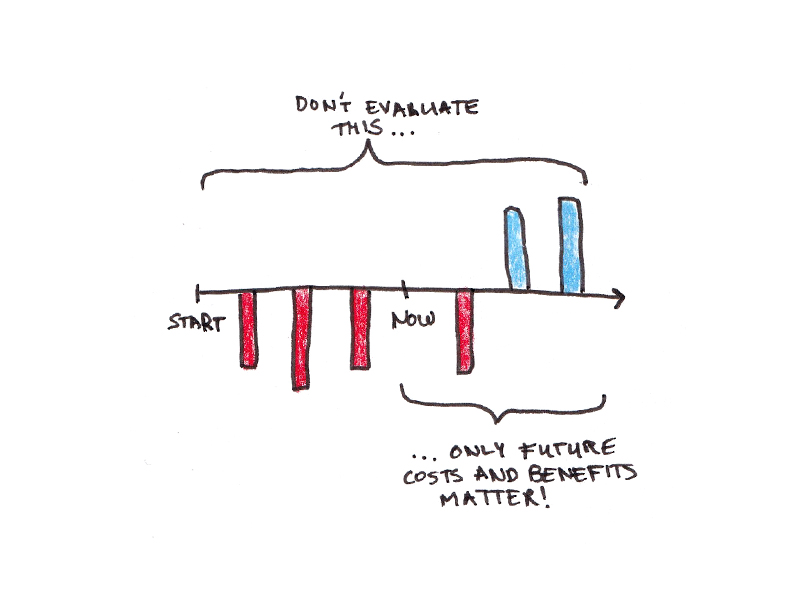









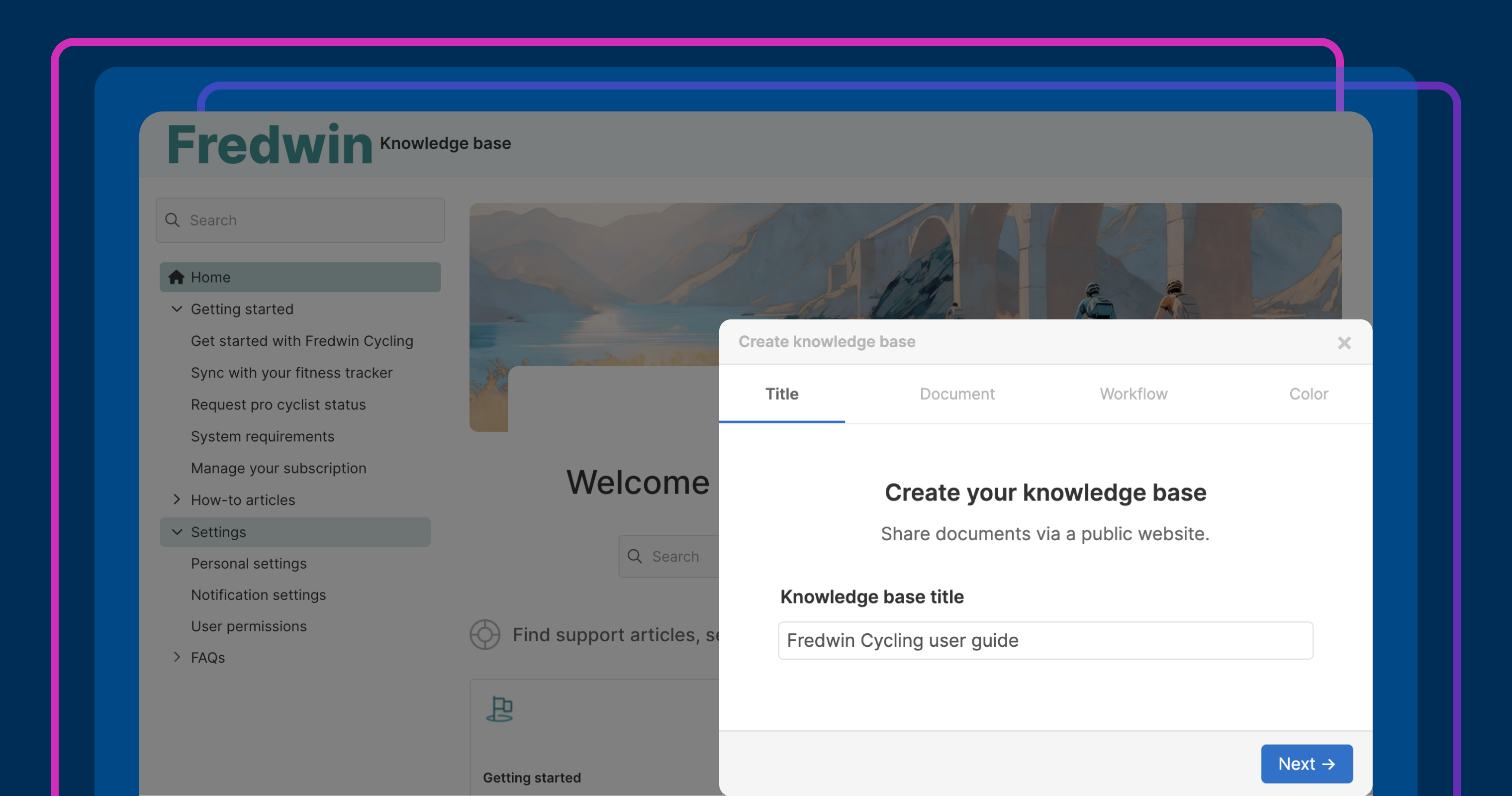


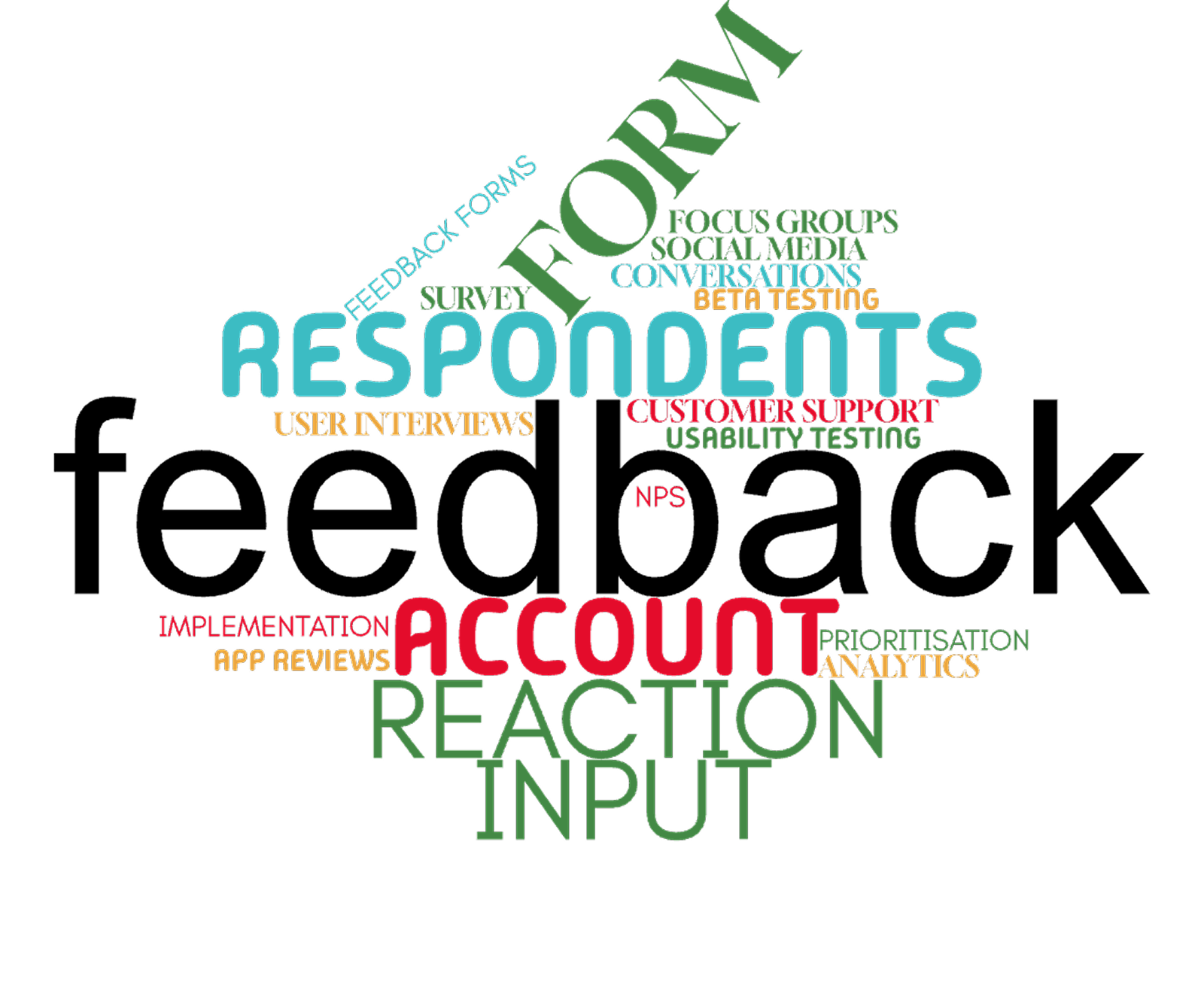


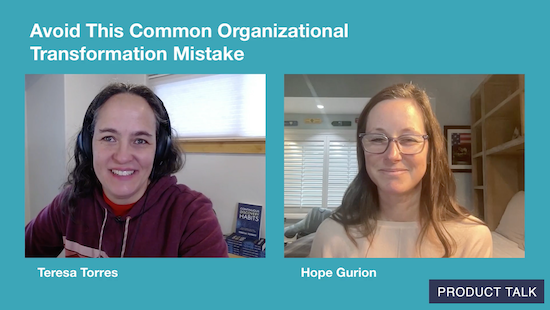
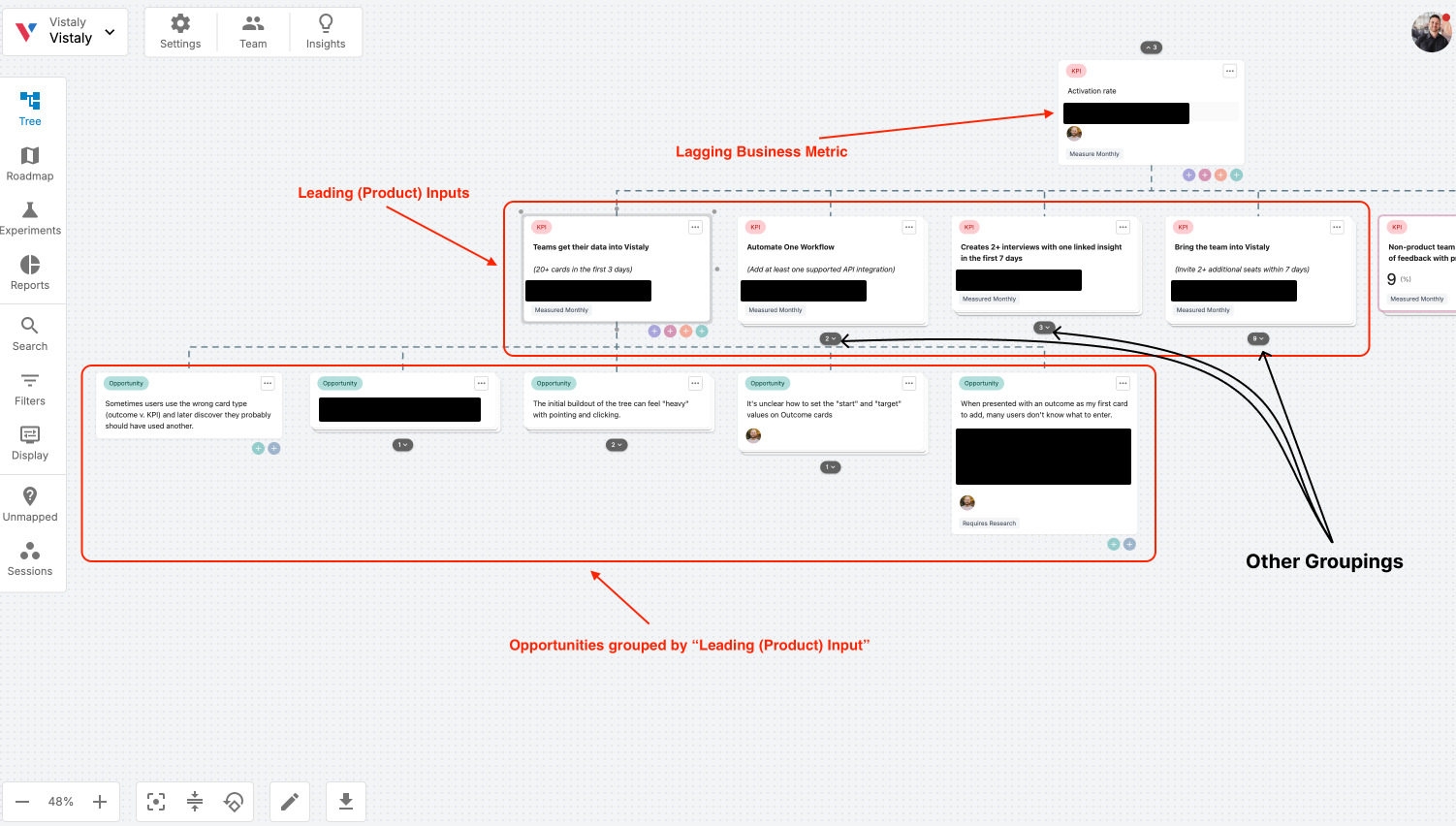
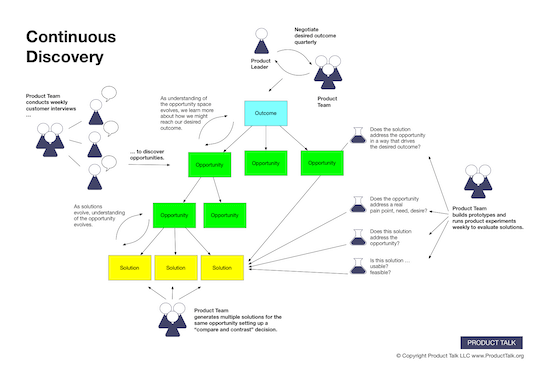
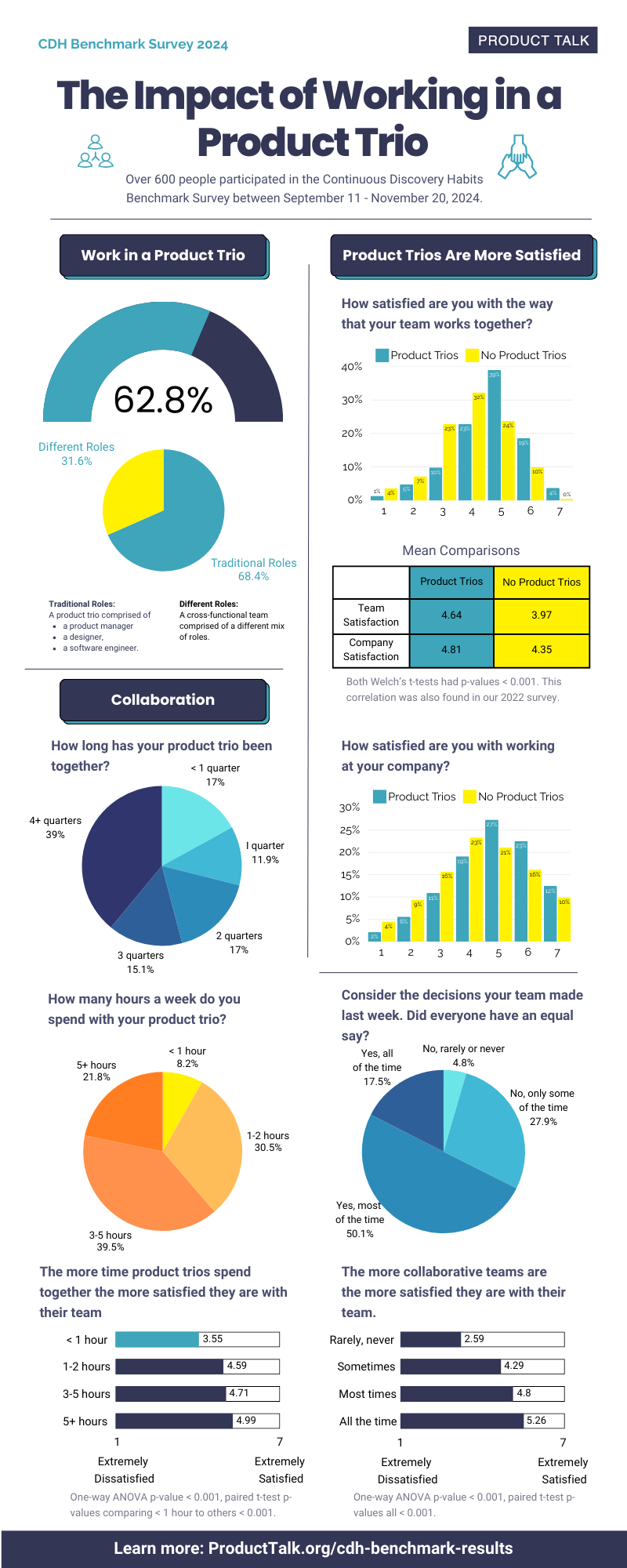












![How One Brand Solved the Marketing Attribution Puzzle [Video]](https://contentmarketinginstitute.com/wp-content/uploads/2025/03/marketing-attribution-model-600x338.png?#)

![Building A Digital PR Strategy: 10 Essential Steps for Beginners [With Examples]](https://buzzsumo.com/wp-content/uploads/2023/09/Building-A-Digital-PR-Strategy-10-Essential-Steps-for-Beginners-With-Examples-bblog-masthead.jpg)










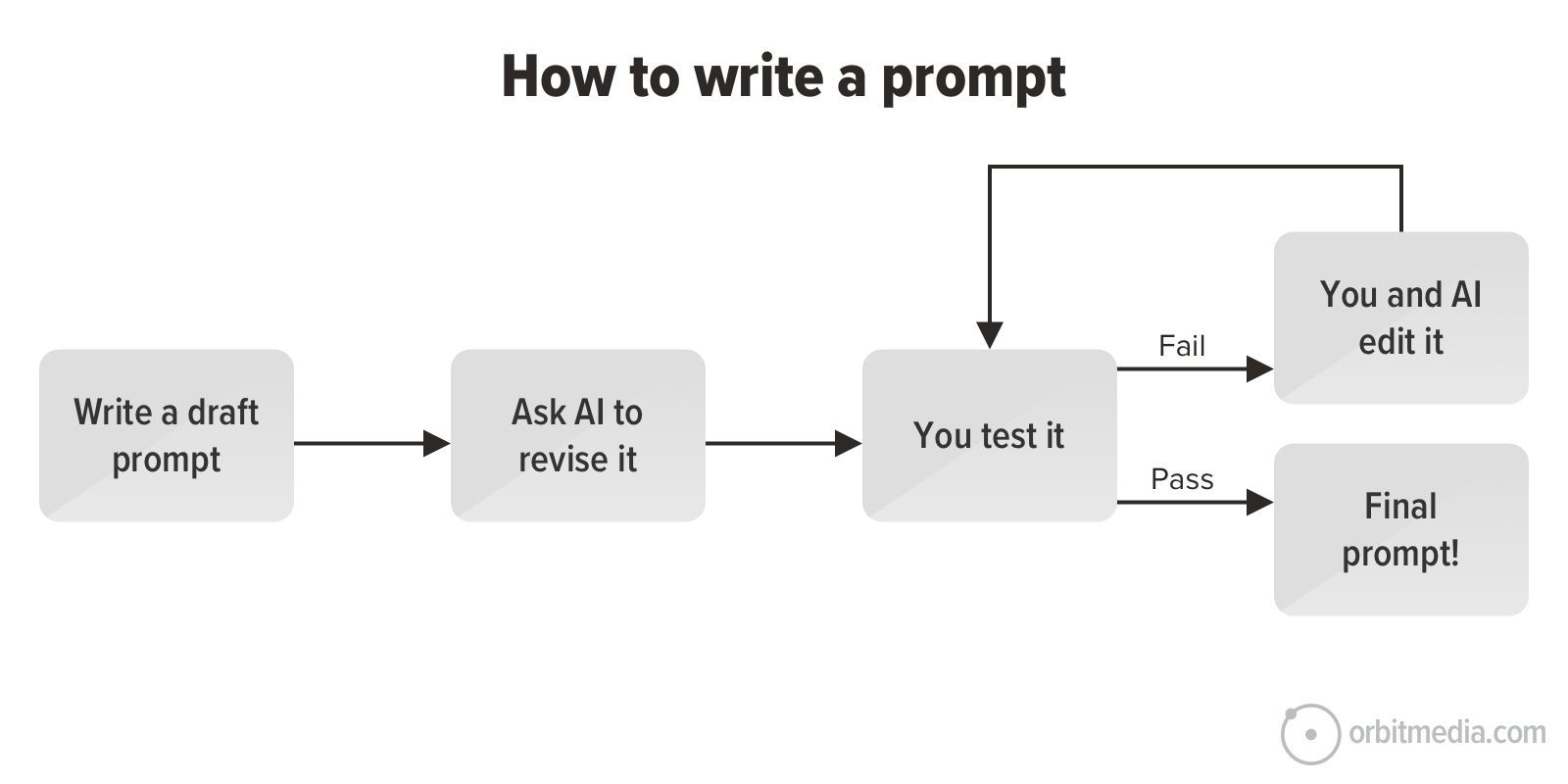
![How to Use GA4 to Track Social Media Traffic: 6 Questions, Answers and Insights [VIDEO]](https://www.orbitmedia.com/wp-content/uploads/2023/06/ab-testing.png)





![[HYBRID] ?? Graphic Designer](https://a5.behance.net/cbf14bc4db9a71317196ed0ed346987c1adde3bb/img/site/generic-share.png)























